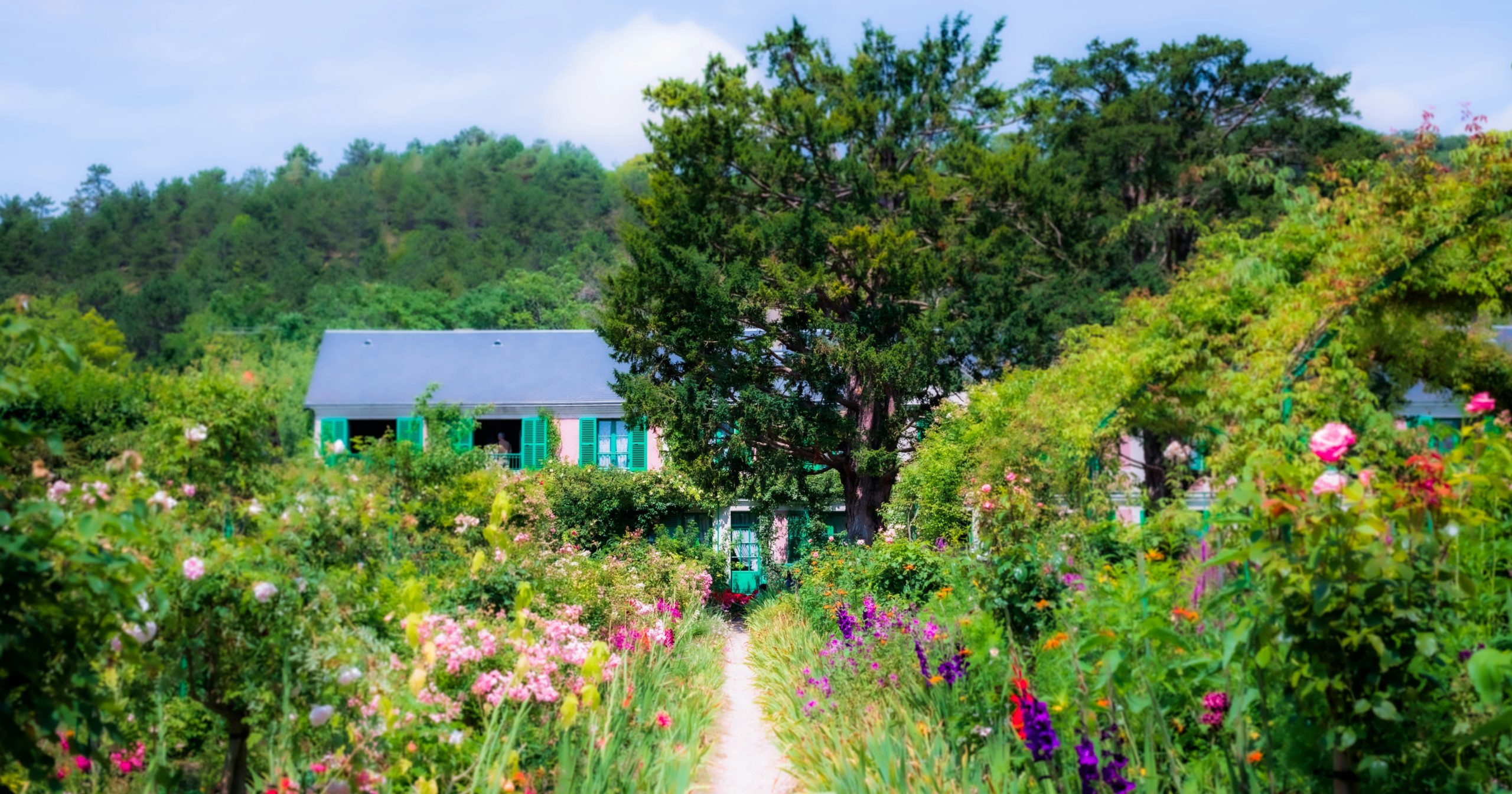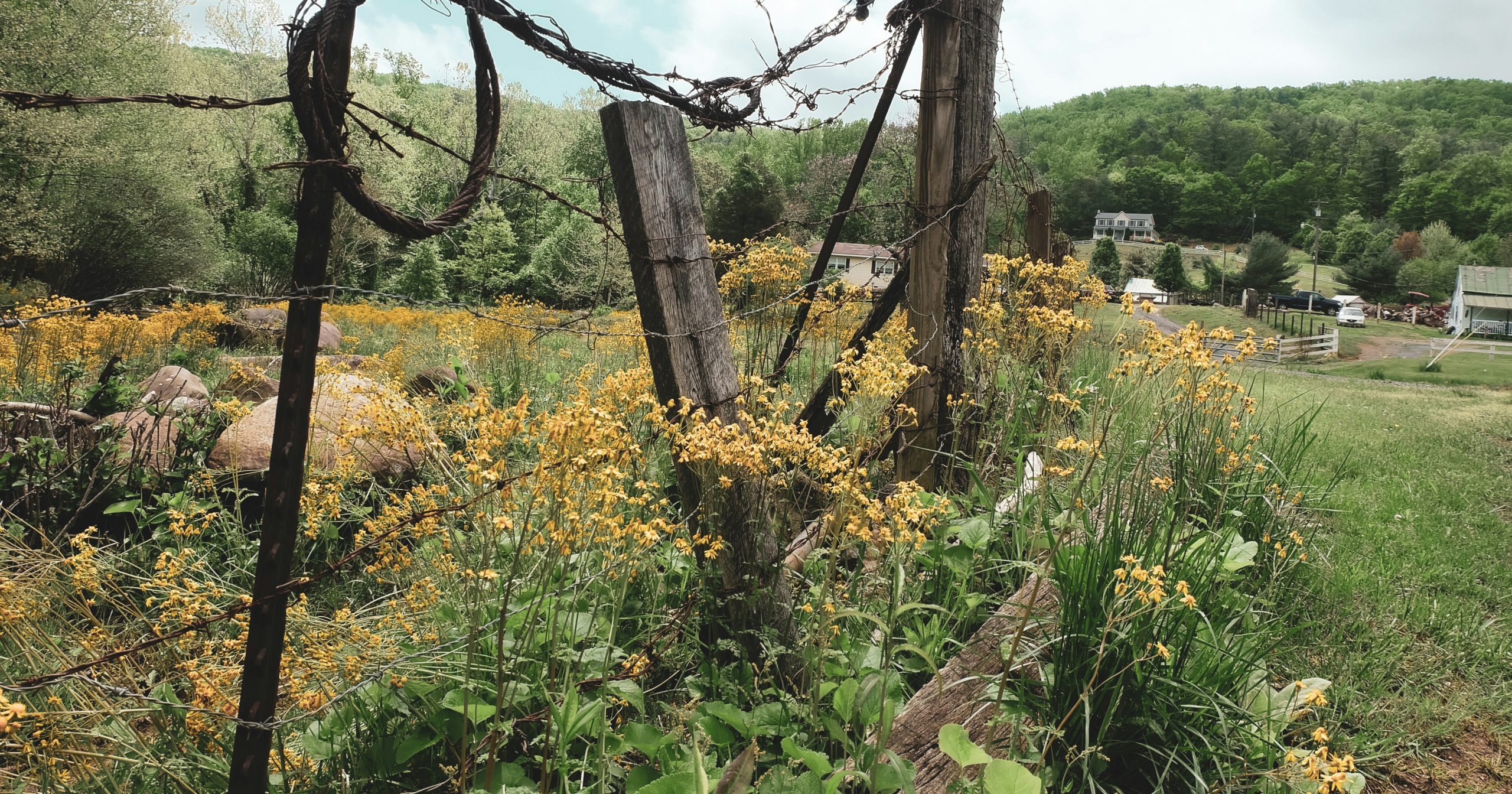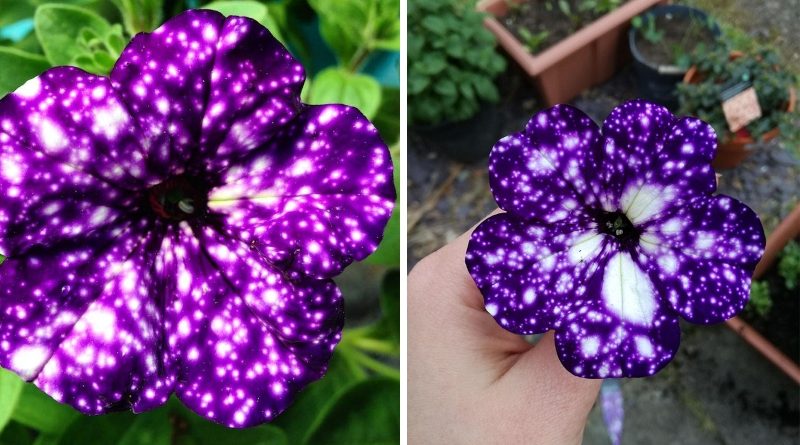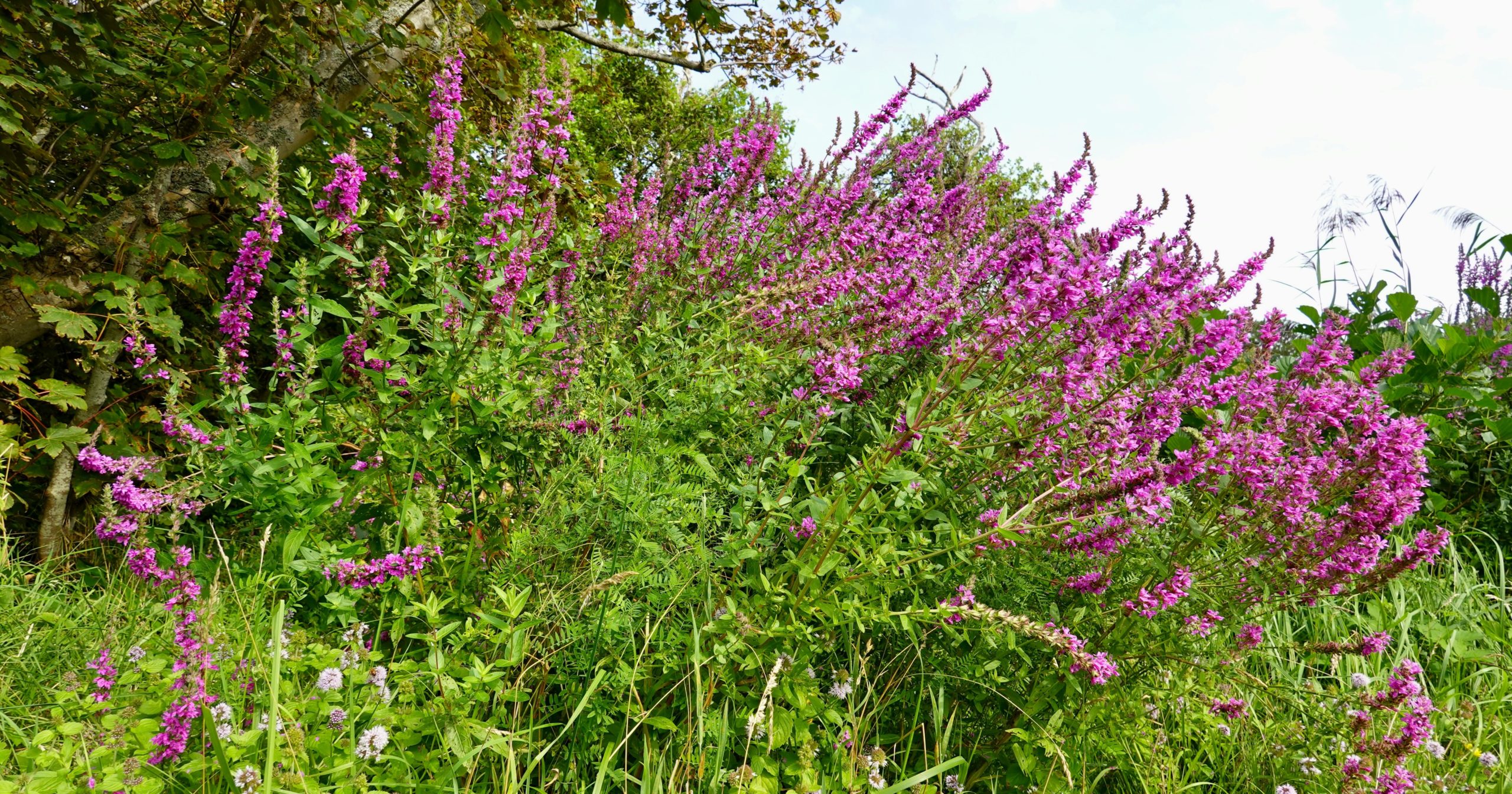Attracting beneficial insects to your garden is a wonderful way to naturally manage pests and enhance pollination. Beneficial insects, such as ladybugs, bees, and butterflies, play crucial roles in maintaining a healthy garden ecosystem. They help control harmful pests and increase the productivity of your plants. By planting certain flowers, you can create a welcoming environment for these helpful insects.
In this article, I’ll introduce you to some of the best flowers for attracting beneficial insects to your garden. These flowers not only add beauty to your landscape but also serve important ecological functions. Let’s explore these wonderful blooms and see how they can transform your garden into a thriving, balanced ecosystem!
Marigolds
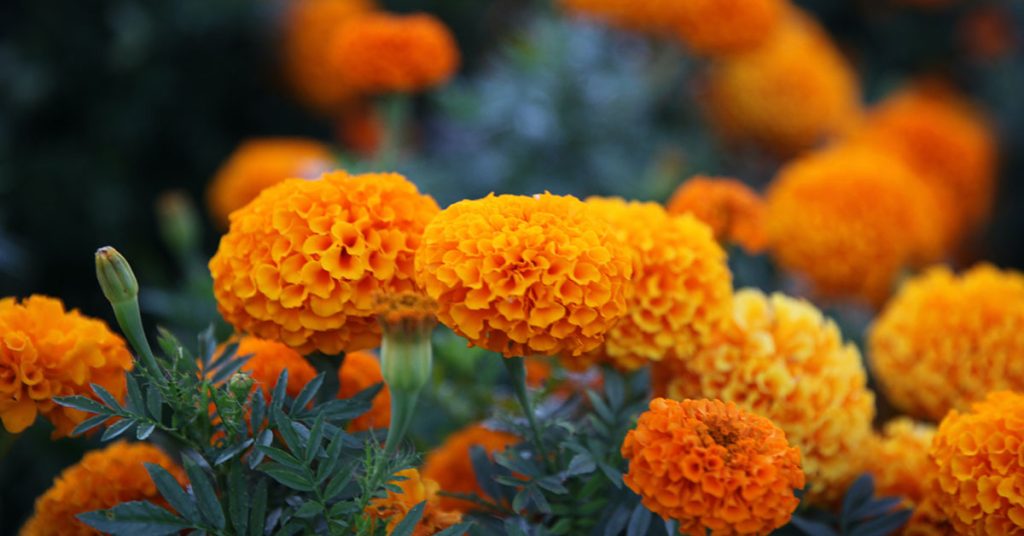
Marigolds are fantastic for attracting beneficial insects to your garden. Their bright, cheerful blooms attract pollinators like bees and butterflies while also repelling harmful pests such as nematodes and aphids. Marigolds produce a natural compound called thiophene, which deters many insects, making them a great companion plant for vegetables and other flowers.
One of the things I love about marigolds is their versatility. They are easy to grow and thrive in a variety of soil types and conditions. Plant them around the edges of your garden beds or intermixed with your crops to create a protective barrier. Their long blooming season ensures that beneficial insects have a steady food source throughout the growing season.
Lavender
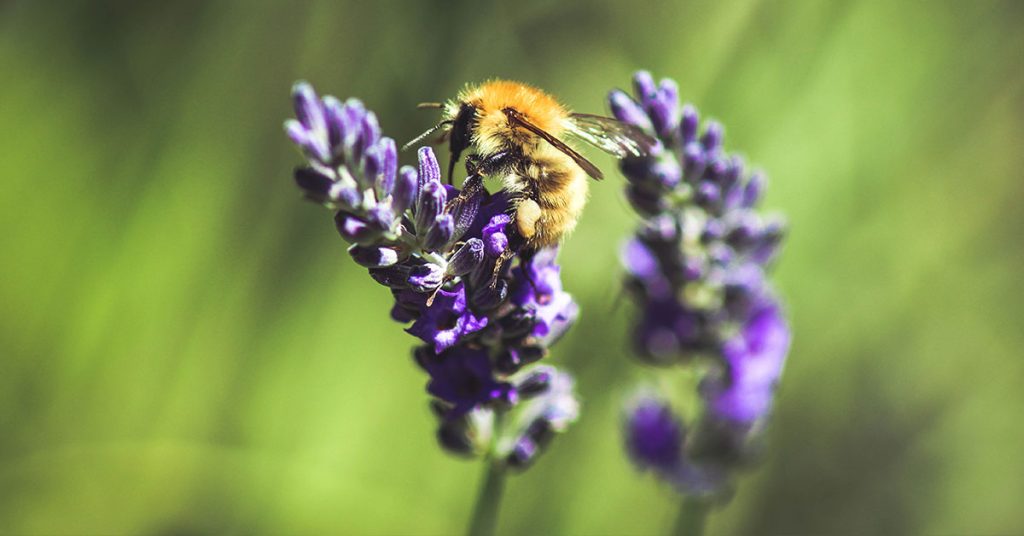
Lavender is not only known for its lovely fragrance but also for its ability to attract beneficial insects. Bees, in particular, are drawn to the nectar-rich flowers, which can improve the pollination of your garden plants. Lavender also attracts hoverflies and predatory wasps, which help control aphid populations.
Growing lavender in your garden adds both beauty and functionality. It thrives in well-drained soil and full sun, making it a low-maintenance addition to your landscape. The calming scent of lavender also has the added benefit of creating a relaxing atmosphere in your garden. With its dual purpose of attracting beneficial insects and enhancing your garden’s aesthetic, lavender is a must-have for any gardener.
Yarrow
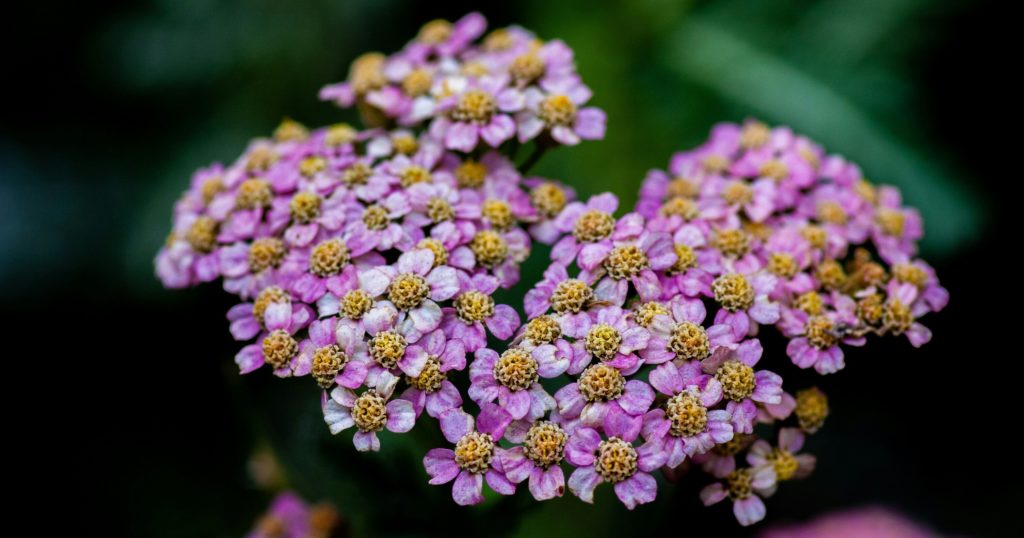
Yarrow is a hardy perennial that is excellent for attracting beneficial insects. Its flat-topped clusters of tiny flowers are particularly appealing to predatory insects like ladybugs, lacewings, and parasitic wasps. These insects prey on common garden pests, helping to keep your plants healthy.
One of the reasons I appreciate yarrow is its resilience. It can grow in poor soil conditions and requires minimal watering once established. Yarrow also comes in various colors, including white, yellow, pink, and red, adding a vibrant touch to your garden. Planting yarrow not only supports beneficial insects but also brings long-lasting beauty to your garden beds.
Borage
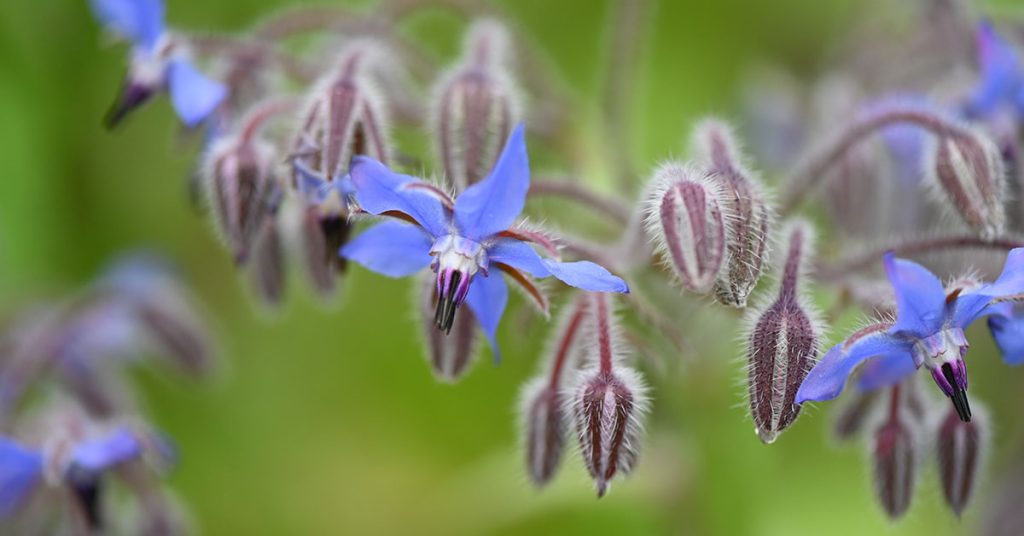
Borage, with its star-shaped blue flowers, is a magnet for pollinators, especially bees. This annual herb produces abundant nectar, making it a favorite among honeybees and bumblebees. Borage also attracts predatory insects that feed on pests like aphids and caterpillars.
One of the great things about borage is that it is a self-seeding plant, meaning it will return year after year if you allow it to set seed. It grows well in various soil types and conditions, making it a versatile addition to any garden. Besides its insect-attracting benefits, borage leaves and flowers are edible and can be used to add a cucumber-like flavor to salads and beverages.
Sunflowers

Sunflowers are not only strikingly beautiful but also incredibly beneficial for attracting insects. Their large, bright blooms draw in bees, butterflies, and other pollinators, which are essential for the health of your garden. Additionally, sunflowers provide a habitat for predatory insects such as ladybugs and spiders that help control pest populations.
Growing sunflowers is a joy because of their dramatic presence and ease of cultivation. They thrive in full sun and well-drained soil, and they can grow quite tall, providing a lovely backdrop for other garden plants. The seeds produced by sunflowers are also a food source for birds, adding another layer of ecological benefit to your garden.
Coneflowers
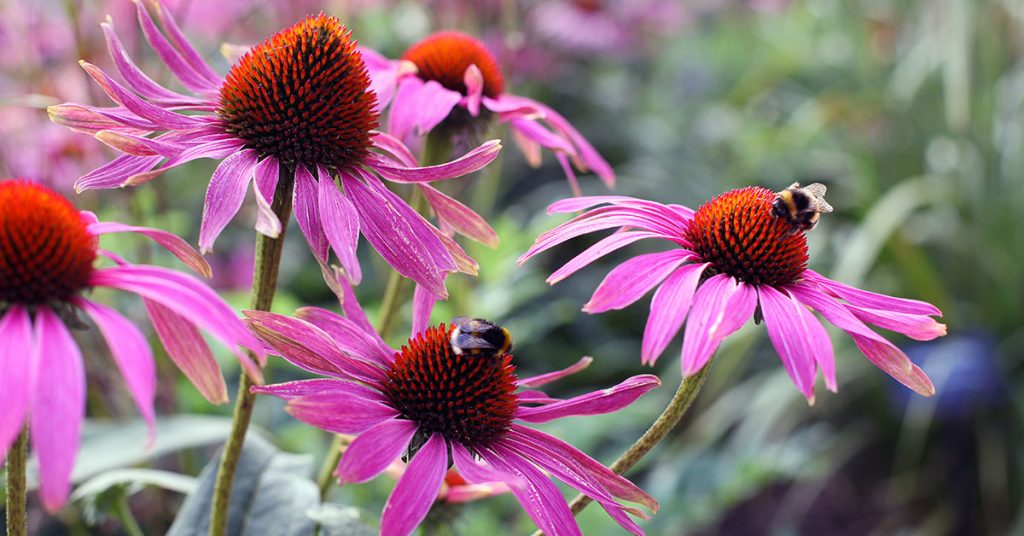
Coneflowers, or echinacea, are another excellent choice for attracting beneficial insects. Their vibrant, daisy-like flowers with prominent centers are highly attractive to bees and butterflies. Coneflowers also draw in parasitic wasps and predatory beetles that help manage garden pests.
What I love about coneflowers is their hardiness and low maintenance. They thrive in full sun and tolerate drought well, making them ideal for a variety of garden settings. Coneflowers bloom from midsummer to fall, providing a long-lasting display of color and a continuous food source for beneficial insects. Their seed heads also offer winter interest and food for birds.
Alyssum
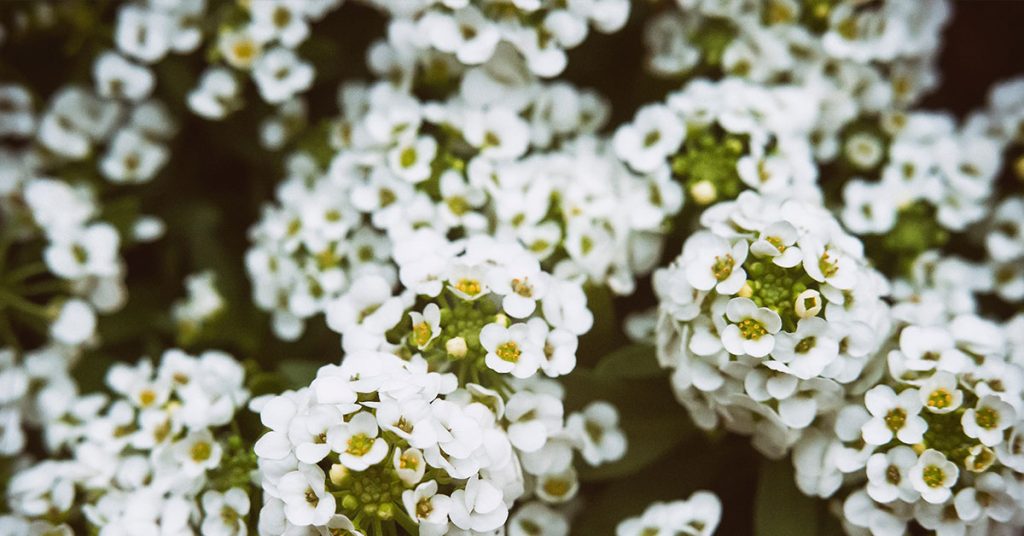
Alyssum is a delightful, low-growing annual that produces clusters of tiny, sweet-smelling flowers. These blooms are highly attractive to beneficial insects like hoverflies and predatory wasps, which help control aphids and other pests. Alyssum also attracts bees, enhancing pollination in your garden.
One of my favorite things about alyssum is its versatility. It works well as a ground cover, in borders, or as a filler in containers. Alyssum thrives in well-drained soil and full to partial sun, and it requires minimal care once established. Its continuous blooming throughout the growing season ensures that beneficial insects always have a food source.
Cosmos
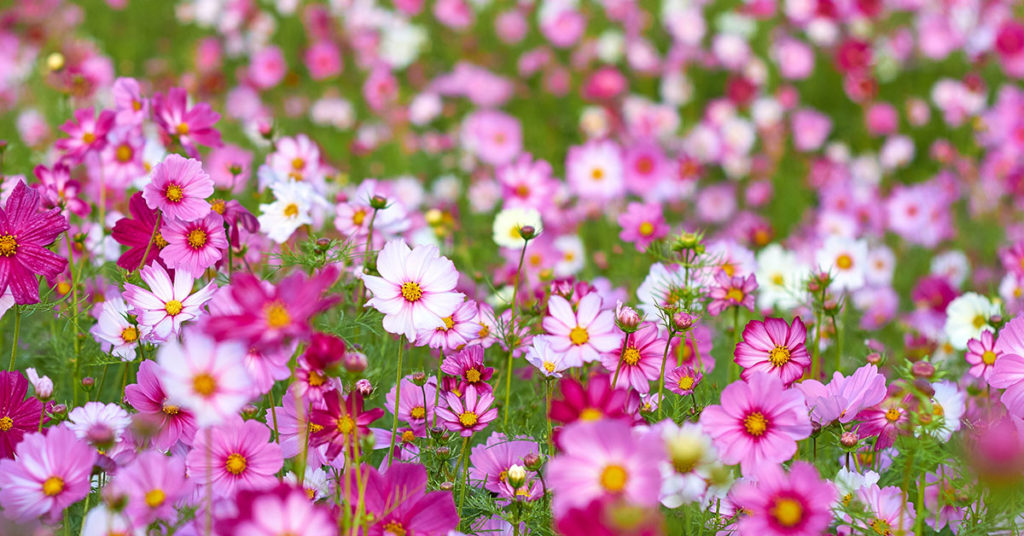
Cosmos are beautiful, airy flowers that attract a wide range of beneficial insects, including bees, butterflies, and predatory beetles. Their open, daisy-like flowers make it easy for insects to access nectar and pollen, supporting their roles in pollination and pest control.
Growing cosmos is a breeze, as they are tolerant of poor soil and dry conditions. They bloom from midsummer to fall, providing a long-lasting display of color in your garden. Cosmos are also excellent for cut flowers, allowing you to bring their beauty indoors. By planting cosmos, you can enjoy a vibrant garden while supporting beneficial insect populations.
Zinnias
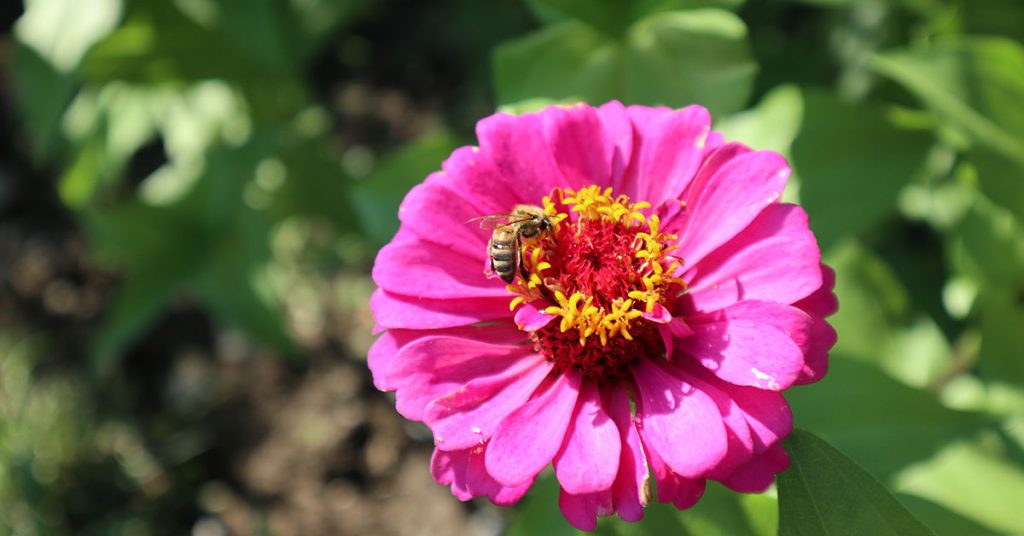
Zinnias are a vibrant, easy-to-grow flower that attracts a plethora of beneficial insects. Their bright, colorful blooms are particularly appealing to butterflies and bees. Zinnias also attract predatory insects like ladybugs and lacewings, which help keep pest populations in check.
One of the reasons I love growing zinnias is their adaptability. They thrive in full sun and well-drained soil, and they can tolerate heat and drought. Zinnias bloom prolifically from summer to fall, providing a continuous source of nectar and pollen for beneficial insects. Their long-lasting flowers make them a favorite for cutting gardens as well.
Dill
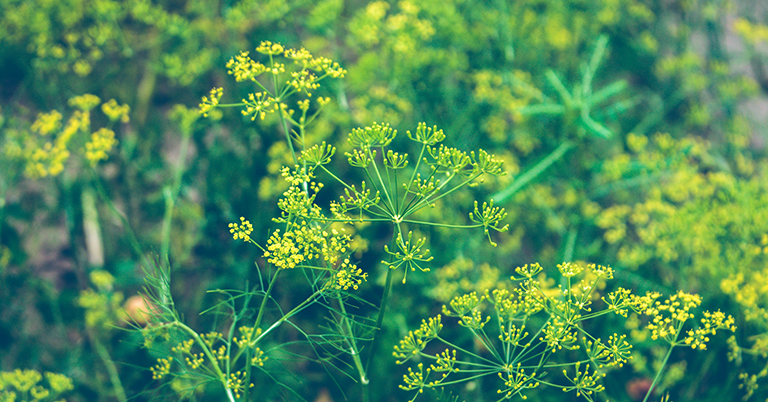
Dill is not only a flavorful herb but also a powerful attractant for beneficial insects. Its small, yellow flowers are particularly appealing to predatory insects such as lacewings, parasitic wasps, and hoverflies. These insects feed on pests like aphids, caterpillars, and whiteflies, helping to protect your garden plants.
Growing dill is straightforward, as it thrives in full sun and well-drained soil. It can be grown in garden beds or containers, making it versatile for various garden spaces. Besides its pest control benefits, dill can be used in cooking to add a fresh, tangy flavor to dishes. Planting dill in your garden supports a healthy ecosystem while providing culinary delights.
By incorporating these flowers into your garden, you can create a welcoming environment for beneficial insects. Not only will your garden thrive with natural pest control and improved pollination, but you’ll also enjoy the beauty and variety these flowers bring.



